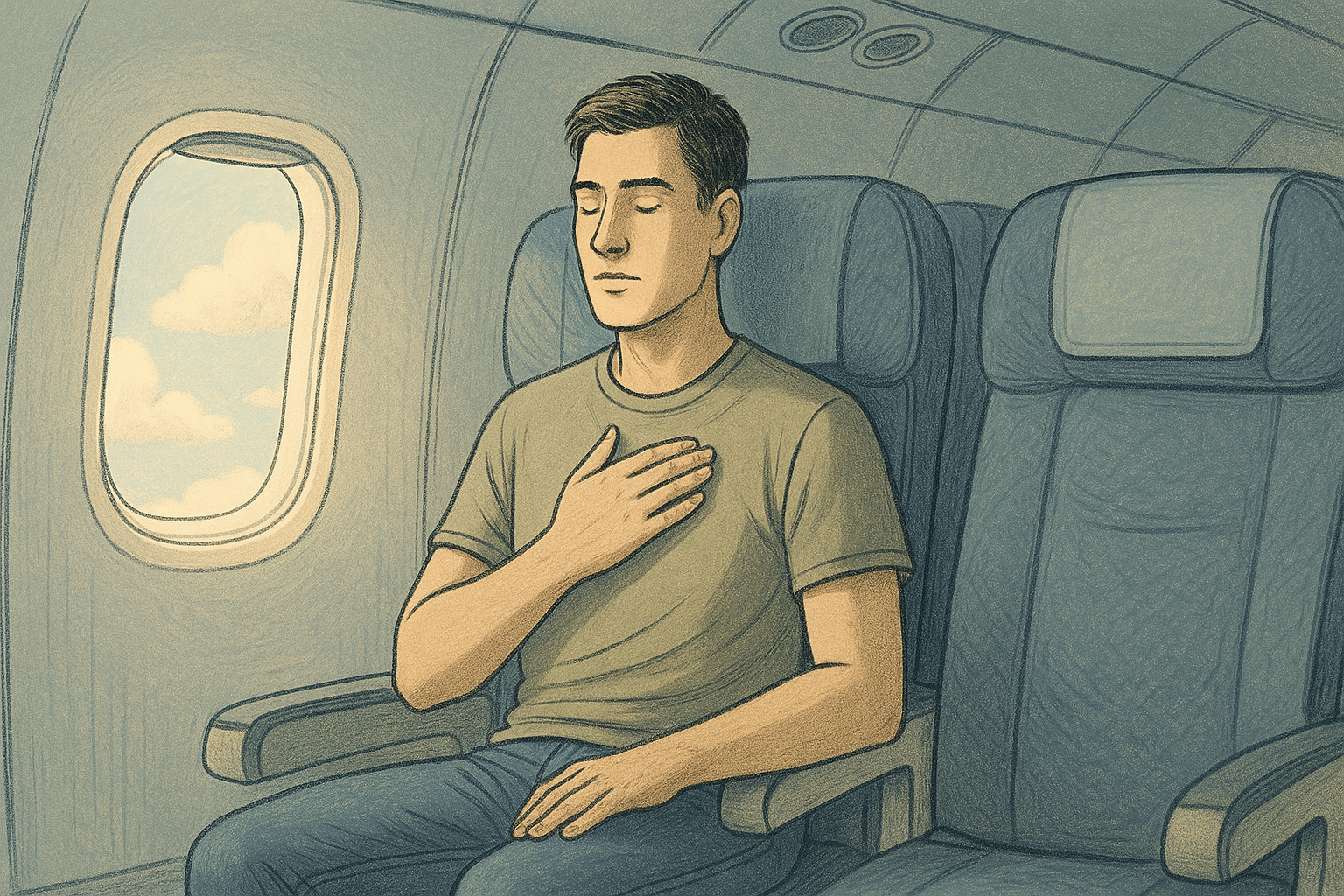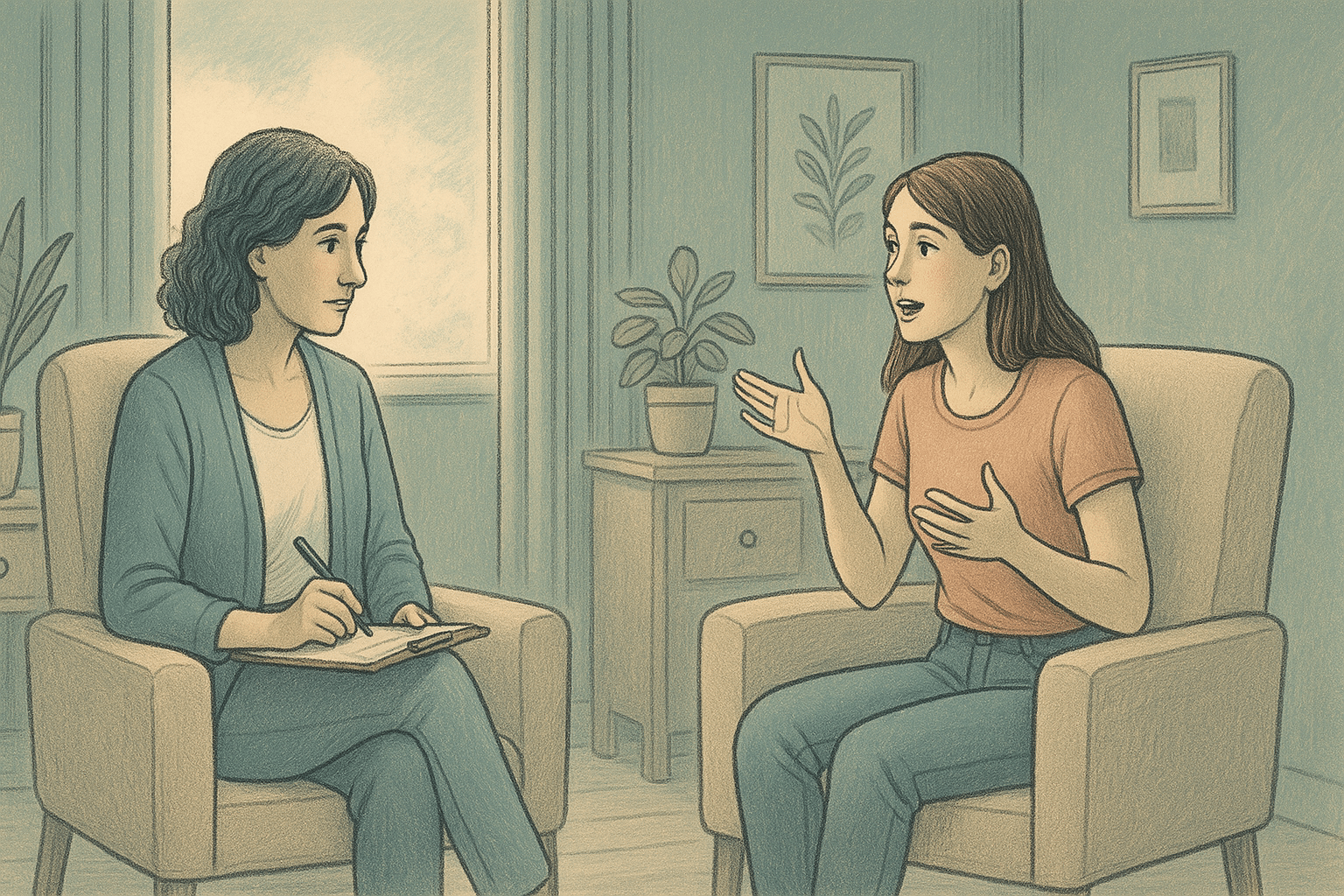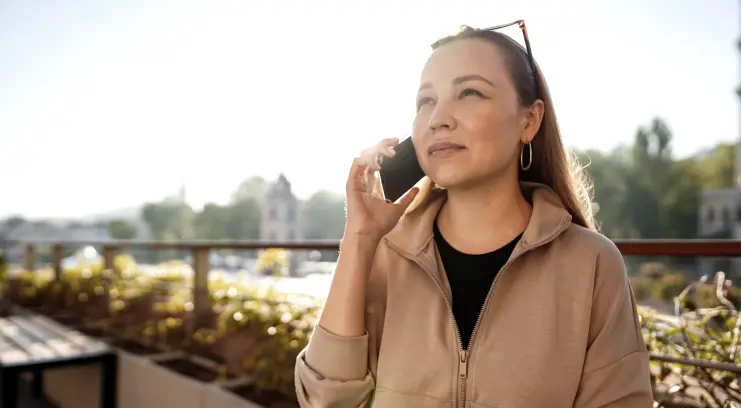Key Takeaways
- Recognize the symptoms of a panic attack, such as rapid heartbeat and dizziness, to address it promptly.
- Immediate breathing techniques, like the 4-4-6 method (inhale for 4 counts, hold for 4, exhale for 6), can quickly calm your nervous system during a panic attack on a plane.
- Grounding exercises that engage your five senses can effectively shift your focus away from anxiety and back to the present moment during flights.
- Creating a personalized calming kit with items like noise-canceling headphones, stress balls, and comforting scents provides immediate relief tools during in-flight anxiety.
- A Mission for Michael (AMFM) provides specialized treatment for panic attacks related to flight anxiety, with evidence-based approaches like CBT and mindfulness, available across California, Virginia, and Washington.
Quick Relief for Panic Attacks on Planes
Recognizing Panic Attack Symptoms
Symptoms of panic attacks can include a rapid heartbeat, sweating, dizziness, or a feeling of losing control. Identifying these symptoms early can help you take action to calm yourself during a flight.
Immediate Breathing Strategies
Breathing is a powerful tool to combat panic attacks during a flight. When you feel anxiety creeping in, focus on your breath. Take deep, slow breaths to calm your nervous system.
Here’s a simple exercise: Inhale deeply through your nose for four counts, hold your breath for four counts, and exhale slowly through your mouth for six counts. Repeat this cycle until you feel more relaxed.
Grounding Exercises and Their Benefits

Grounding exercises can help bring your mind back to the present moment.
Grounding techniques focus on the five senses to reduce anxiety and provide a sense of stability.
- Focus on five things you can see.
- Identify four things you can touch.
- Listen for three sounds around you.
- Notice two things you can smell.
- Identify one thing you can taste.
By concentrating on these sensations, you can distract your mind from panic and regain a sense of calm.
Cognitive Techniques for Calming
Besides physical techniques, cognitive strategies can help calm your mind. Challenge negative thoughts by questioning their validity. Replace them with positive affirmations or realistic perspectives.
For example, if you think, “I’m going to lose control,” remind yourself, “I’ve flown before, and I can handle this.” These cognitive shifts can significantly reduce anxiety.
Founded in 2010, A Mission For Michael (AMFM) offers specialized mental health care across California, Minnesota, and Virginia. Our accredited facilities provide residential and outpatient programs, utilizing evidence-based therapies such as CBT, DBT, and EMDR.
Our dedicated team of licensed professionals ensures every client receives the best care possible, supported by accreditation from The Joint Commission. We are committed to safety and personalized treatment plans.
Pre-Flight Anxiety Preparation
By taking proactive steps before you board, you can minimize panic attacks and enjoy a more peaceful journey.
Packing a Calming Kit
Consider assembling a calming kit to take with you on your flight that can provide comfort and distraction during moments of heightened anxiety.
This kit can include items that help soothe your anxiety, such as noise-canceling headphones, comforting scents like lavender oil, a stress ball or fidget spinner, relaxing music or guided meditation recordings, and a favorite book or puzzle.
Choosing Your Seat Wisely
Your seat choice can significantly impact your comfort level during a flight. If possible, select a seat that makes you feel more at ease.
For some, sitting near the aisle offers a sense of freedom and less confinement, while others may prefer a window seat for the view and distraction. Consider what makes you feel safest and most comfortable, and choose your seat accordingly.
Pre-Flight Relaxation Practices
Engaging in relaxation practices before your flight can set a calm tone for your journey. Consider activities like yoga, meditation, or listening to calming music or podcasts. These practices can help lower your baseline anxiety, making it easier to manage any in-flight stress.
Using Resources During a Flight
Once you’re on the plane, make use of all available resources to help manage your anxiety throughout the flight.
Utilizing In-Flight Entertainment
In-flight entertainment can be a great distraction from anxiety. You can watch a movie, listen to calming music, or go through interesting podcasts. By focusing your attention on entertainment, you can shift your mind away from anxious thoughts.
Informing Flight Crew

Don’t hesitate to inform the flight crew about your anxiety.
Flight attendants are trained to assist passengers and can provide support if needed. Letting them know about your condition can make you feel safer and more secure.
For example, a simple conversation with a flight attendant can lead to them checking on you periodically, offering reassurance, or even suggesting other in-flight resources.
Support from Fellow Passengers
Sometimes, a friendly chat with a fellow passenger can help ease anxiety. Sharing your feelings with someone nearby can provide comfort and distraction. Most people are understanding and willing to lend an ear.
Remember, you’re not alone in this experience. Many travelers face similar challenges, and connecting with others can be incredibly reassuring.
Professional Solutions for Frequent Flyers
Therapeutic Techniques to go through
Cognitive Behavioral Therapy (CBT) is a proven method for treating anxiety disorders. It involves working with a therapist to identify and change negative thought patterns. This can significantly reduce anxiety over time.

Consider seeking therapy if flying consistently triggers panic attacks. Professional guidance can provide personalized coping strategies and help build resilience.
Options for Anti-Anxiety Medication
For some individuals, medication may be an effective option for managing flight anxiety. Consult with a healthcare professional to discuss whether anti-anxiety medication is suitable for you. And use these medications responsibly and under your doctor’s supervision to ensure safety and effectiveness.
Courses to Address Fear of Flying
Fear of flying courses offer structured programs (e.g., education on aviation, relaxation techniques, and exposure therapy) to help individuals overcome their anxiety. Participating in such courses can provide valuable insights and tools to manage fear, making future flights more manageable.
AMFM’s Approach to Overcoming In-Flight Panic Attacks
At AMFM Mental Health Treatment Center, we understand that panic attacks on planes can be debilitating and limit your ability to travel freely. This is why our comprehensive treatment approach combines evidence-based therapies like CBT with personalized coping strategies specifically customized for travel situations.

All our therapy sessions are conducted by trained and experienced clinicians.
What sets our approach apart is our focus on both symptom management and underlying anxiety triggers. Our expert team works with you to develop a complete understanding of your specific flight anxiety, creating customized tools that work for your unique situation.
Through our treatment programs in California, Virginia, and Washington, we’ve helped countless individuals transform their relationship with flying, from dreading every moment to managing comfortably and even enjoying the experience.
Don’t let panic attacks keep you grounded. Contact AMFM today for a free assessment and take the first step toward reclaiming the freedom to fly without fear.
Frequently Asked Questions (FAQ)
What triggers panic attacks on planes?
Panic attacks on planes can be triggered by various factors, including fear of flying, claustrophobia, turbulence, or general anxiety about travel. Identifying your specific triggers can help you prepare and implement strategies to manage them effectively.
How common are panic attacks during flights?
Panic attacks during flights are relatively common. Many people experience heightened anxiety in the confined and unfamiliar environment of an airplane.
Can cabin crew assist during a panic attack?
Yes, cabin crew are trained to assist passengers experiencing anxiety or panic attacks. Informing them about your situation can lead to supportive measures, such as checking on you periodically or offering comfort items like blankets or water.
Are there apps to help manage anxiety on planes?
Yes, several apps are designed to help manage anxiety during flights. These apps offer guided meditations, breathing exercises, and calming music to reduce stress and promote relaxation. Some popular apps include Calm, Headspace, and MyFlightApp. These tools can be a valuable addition to your in-flight coping strategies.
How effective are breathing exercises for panic attacks?
Breathing exercises are highly effective in managing panic attacks. By focusing on your breath, you can activate the body’s relaxation response, which helps counteract the physiological symptoms of anxiety.
How can AMFM help with flight anxiety and panic attacks?
AMFM provides comprehensive care for panic attacks and anxiety disorders through customized treatment plans. Our approach addresses both immediate symptoms and underlying causes of flight anxiety through evidence-based therapies like CBT, Exposure Therapy, and Mindfulness-Based Stress Reduction.






